
“Getting to know plants” is an event about human interaction with the botanical world. We curated plants from our surrounding community and created a space for people to have conversation and physical interaction with them. Our interest in the social lives of plants stemmed from a discussion in class. Diane Borsato encouraged a student to “get to know the moss”. We became increasingly aware of the way humans care for plants as objects, possessions, and decoration. This work challenges the conventions of interaction and our relationships with plants.
The gallery was curated with 13 plants of diverse kinds. They were situated on different objects such as cinder blocks, plinths, artificial turf and shelving at various heights. The height variation allowed visitors to interact with a plant at their own comfort level. Each individual was given a prompt card entering the space to either facilitate a conversation or physical contact.




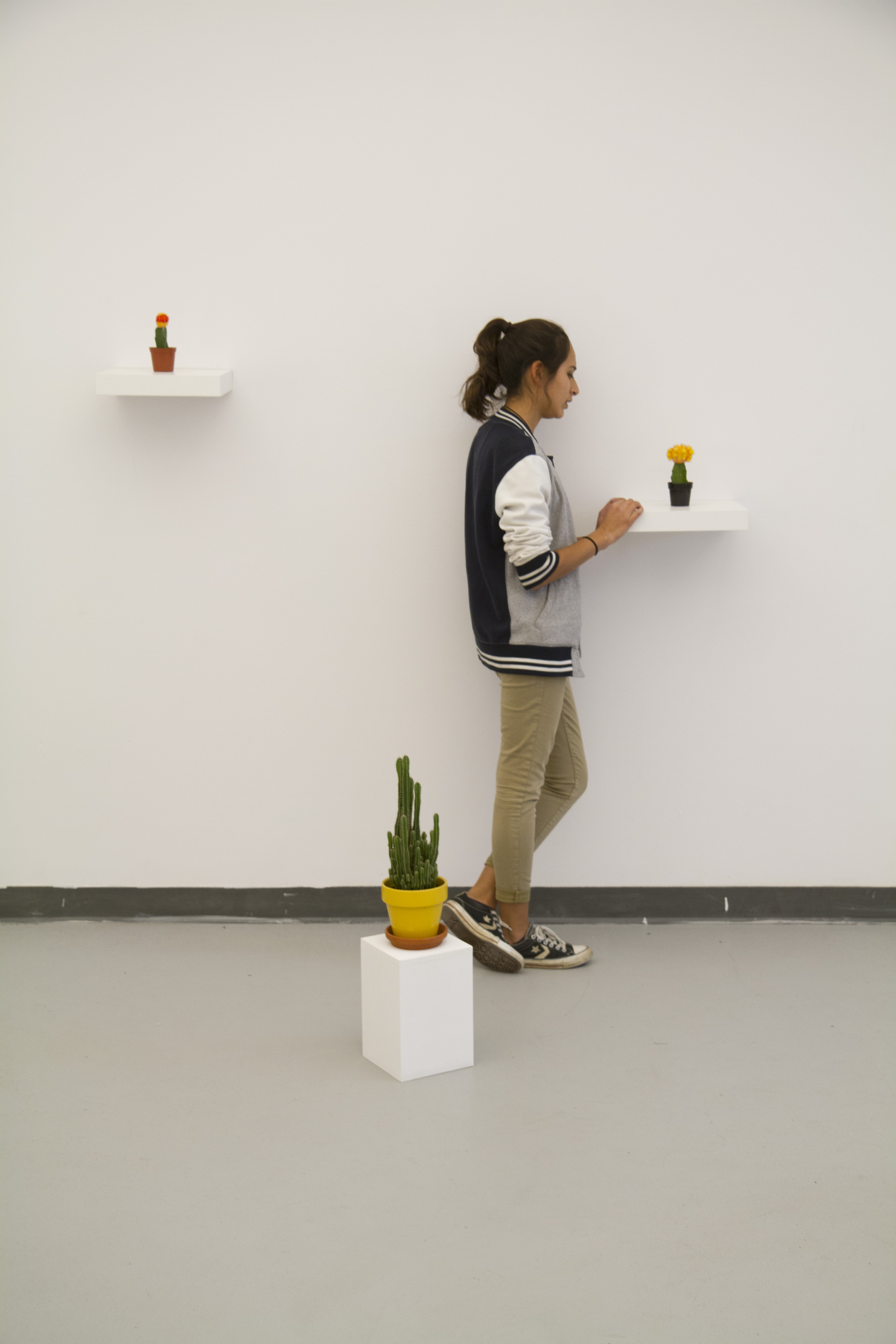
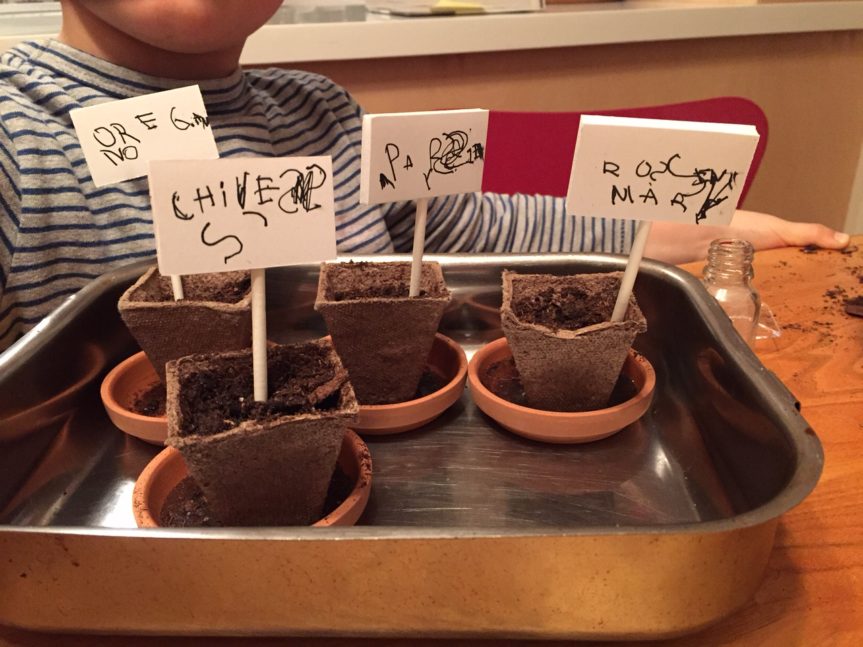






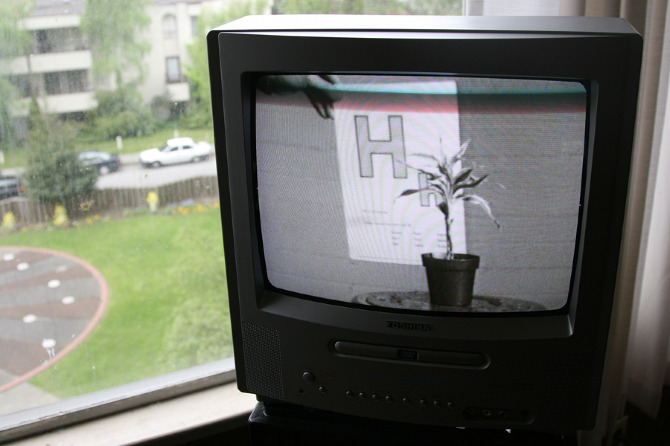


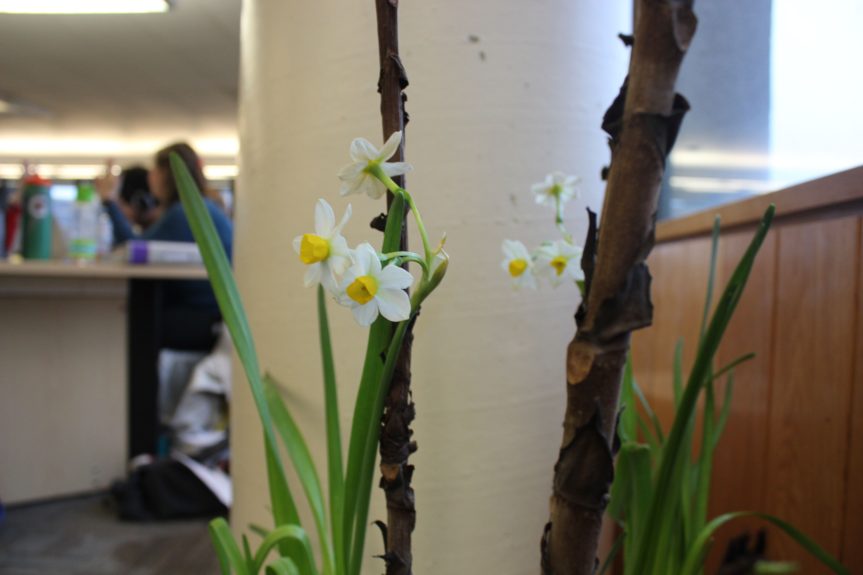








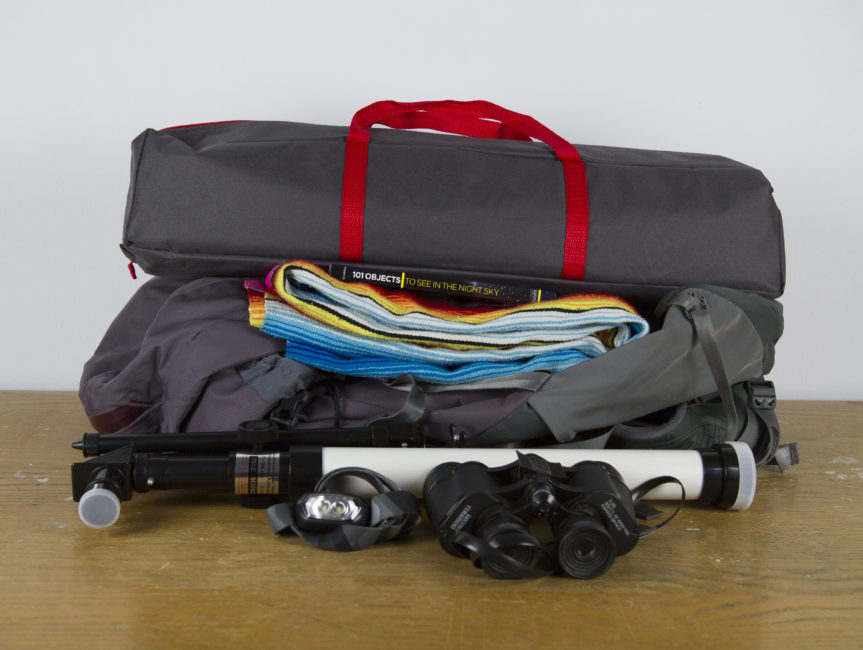

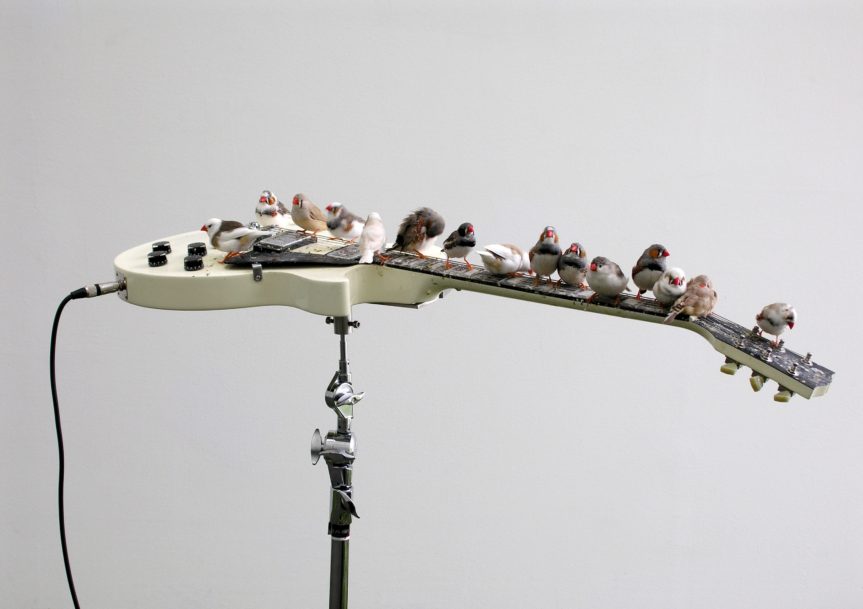
 A living musical exhibit at the Montreal Museum of Fine Arts will set 70 zebra finches loose in an aviary, and the only perches are the strings of 14 electric guitars and bass guitars.
A living musical exhibit at the Montreal Museum of Fine Arts will set 70 zebra finches loose in an aviary, and the only perches are the strings of 14 electric guitars and bass guitars.


You must be logged in to post a comment.